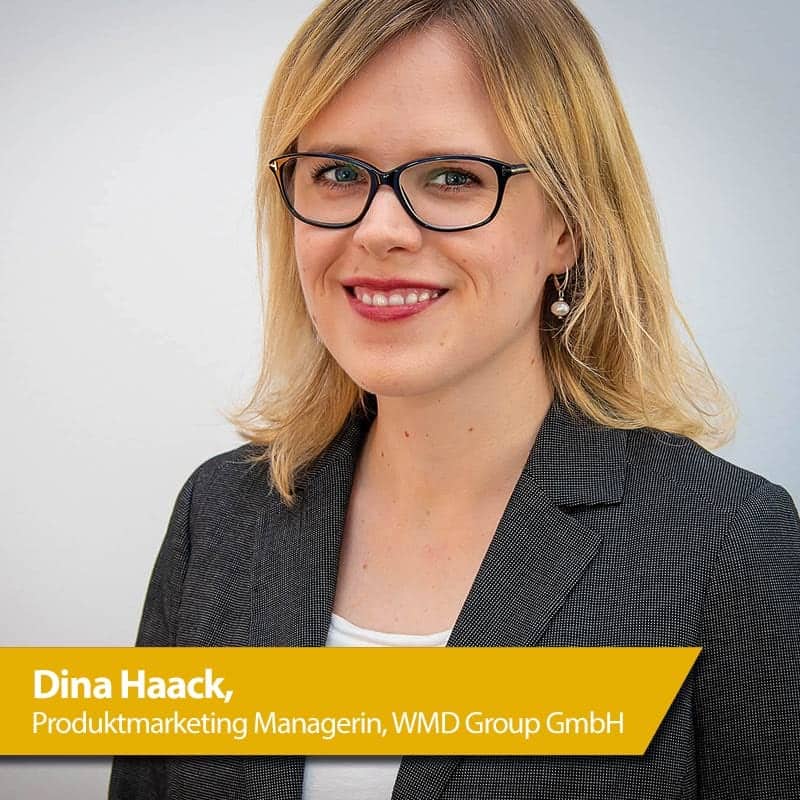Hybrid cloud scenarios in the SAP context


The concerns seem to be fading: Increasingly, companies are now moving their business processes and mission-critical data to the public cloud. Experienced cloud providers can comply with the necessary data security and data protection regulations just as well as the individual company in its on-site data center - if not better. Cloud solutions are also now becoming intelligent thanks to machine learning technology - a real added value for every user. However, there is a temptation to fall into a state of euphoria and move everything to the cloud - the keyword being "cloud first! -However, very few companies fall prey to this temptation. Rather, it is hybrid scenarios, i.e. the simultaneous use of cloud and on-premises systems, that are increasingly proving their worth. They are not just a transitional step, but are being pursued as the target architecture. In this way, the advantages from both worlds can be combined.
Building block in the digital transformation
The cloud thus plays a thoroughly pragmatic role in shaping a company's business processes: not so much an end in itself as a building block in the digital transformation. The overriding goal is to digitize and automate workflows so that processes become simpler, faster, more transparent and more efficient. Here, cloud services can close a gap due to their fast, flexible availability and prevent media disruptions - which still abound in companies' local system and process landscapes today. But on-premises installed solutions also retain their justification in hybrid scenarios. They can be better customized than would be possible in the public cloud. When deciding where and how the cloud should be used for business processes and where the solutions should be operated on-premises, the decisive question should therefore be which approach brings the greatest benefit for the workflows in each case. SAP, for example, recommends that its customers pursue a 2-tier ERP strategy: The ERP system at the corporate headquarters runs on-premises or in the private cloud, while branches or subsidiaries that require a smaller or different range of functions rely on public cloud operation.
Another approach is to outsource primarily processes with a high degree of standardization and little individualization to the public cloud: distribution of incoming mail, document reading or archiving of documents are typical examples.
Cloud-native it should be
In order to use cloud services, a cloud-native solution such as the "xSuite Cloud Platform" from WMD should be used in any case, which has been designed and optimized for precisely this purpose. The clue for cloud-native is a modular software architecture that relies on microservices and Docker containers and allows communication via APIs. This ensures scalability on the one hand and simple connection to existing systems and processes on the other. The availability of interfaces is essential for mapping hybrid scenarios. Even when using complementary cloud services - so-called cloud-to-cloud or multi-cloud approaches - the topic should not be neglected.
AI technologies simplify decision-making processes
Cloud-native solutions are also characterized by the use of agile development approaches and a joint DevOps team. This enables smooth operation and the fastest possible provision of new functions. Public cloud solutions access a much higher number of data sets than on-premises installed systems or private cloud solutions. This offers the opportunity to leverage swarm intelligence. AI technologies such as machine learning allow solutions to become smarter in the sense that they can actually make decisions in the work steps and become steadily better at it - and that simplifies the associated processes.
The large number of cloud providers is ideal, because it makes it possible to select a provider that really suits one's own company. This should be focused on the company's needs. This can be specialization by process (e.g., procure-to-pay) or requirement (digitization, document management, etc.) or by platform (such as SAP). Also worth considering are experts with a focus on your own industry or company size. Regardless of where this lies, a provider who specializes in individual needs and can demonstrate experience in this area is more likely to have a suitable solution ready and will also be able to provide better advice on the overall process than a large cloud provider with a very extensive but less specialized offering.
Since May 2018 at the latest, the topic of data protection has been a central criterion and a core issue when selecting a cloud solution. Here, the GDPR is not only a challenge, but also gives users of cloud applications additional security: Because it applies to everyone! For the company as well as for the cloud provider. To be on the safe side, a commissioned data processing agreement must be concluded with the provider in any case.
Hybrid operation - an example
Once the choice has been made, what exactly can a hybrid scenario look like? This can be outlined using the example of incoming invoice processing in SAP with the "xSuite Cloud Platform":
- All incoming mail - regardless of the input channel (analog or digital) - is automatically sorted in the cloud using a set of rules based on machine learning and assigned to classes, e.g. order confirmations, contracts (with suppliers), invoices. According to the classes, the documents are forwarded to the respective responsible persons or downstream systems. Invoices, for example, are stored directly in the xSuite archive (as an SAP archive) in the cloud and forwarded in parallel to the document reading system for automated processing.
- The invoice document, for example, is also read out in the cloud; the subsequent validation can be performed either in the cloud or in the on-premises SAP system.
- The next processing steps of the invoice - such as verification, completion and release - take place in the local SAP system.
- The final workflow log is stored in the xSuite archive in an audit-proof manner for the invoice document already archived in the cloud at the beginning.
With this scenario, a company uses the advantages of the cloud, such as fast, location-independent work, and at the same time has a high degree of customizability that a local SAP system offers compared to a public cloud solution. Hybrid scenarios with the "xSuite Cloud Platform" to support Procure-2-Pay processes are also the topic of exhibitor WMD Group at the DSAG Annual Congress 2019 (September 17-19 in Nuremberg, Hall 12, Booth K6).







